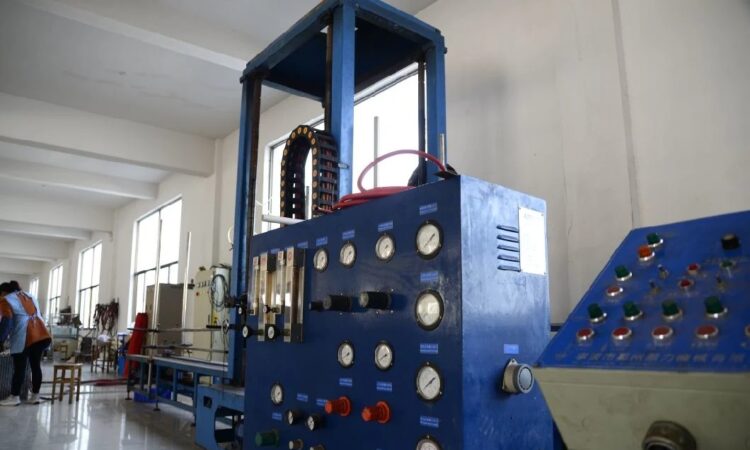
Heat is a fundamental idea in physics and plays an important role in our everyday lives. It is the switch of energy from one object or system to a different because of a distinction in temperature. Understanding the science behind warmth may help us comprehend its phenomena and discover its various purposes.
Thermal Energy and Temperature
Heat is carefully associated to thermal power, which is the whole energy possessed by the particles inside an object. The larger the thermal vitality, the hotter the thing turns into. Temperature, then again, is a measure of the typical kinetic energy of these particles. It determines the course of warmth flow—heat all the time moves from areas of upper temperature to areas of lower temperature.
Conduction, Convection, and Radiation
There are three main mechanisms via which warmth is transferred: conduction, convection, and radiation.
Conduction: This course of occurs when heat is transferred between objects which would possibly be in direct contact with one another. In solids, similar to metals, conduction occurs primarily by way of the vibration and collision of atoms or molecules. Good conductors, like copper and aluminum, permit heat to circulate simply, while poor conductors, like wooden or air, impede the transfer.
Convection: Convection involves the switch of heat via the motion of fluids, either liquids or gases. When a fluid is heated, it turns into less dense and rises, allowing cooler fluid to take its place. This creates a steady circulation known as a convection present. A familiar instance is the heating of a room using a radiator, where warm air rises, cools down, and then falls to be reheated again.
Radiation: Unlike conduction and convection, radiation does not require a medium for warmth switch. It is the process by which heat vitality is emitted within the form of electromagnetic waves, such as infrared radiation. The Sun’s warmth reaching us through area is an example of radiative warmth transfer.
Applications of Heat
The understanding of heat and its principles has led to quite a few practical purposes in varied fields:
Thermodynamics: Heat plays a central position in the department of physics often identified as thermodynamics, which offers with the relationship between heat, work, and vitality. It has enabled the event of technologies like steam engines, refrigerators, and combustion engines that power our trendy world.
Materials Science: Heat remedy techniques, such as annealing, tempering, and quenching, are used to alter the properties of materials. This can increase their strength, hardness, or flexibility, making them suitable for particular applications.
Medicine: Heat remedy is a common technique used to alleviate pain and help within the healing course of. Techniques like scorching compresses, heating pads, and ultrasound remedy are employed to increase blood circulate, relax muscle tissue, and scale back inflammation.
Energy Production: Heat is harnessed to generate electrical energy via numerous methods, including burning fossil fuels, nuclear reactions, and solar-thermal systems. These processes involve changing heat energy into mechanical energy and then into electrical vitality.
Cooking: Harnessing warmth for cooking meals has been a vital a part of human civilization. Different cooking techniques make the most of conduction, convection, and radiation to prepare dinner meals efficiently and safely microchannel heat exchanger manufacturer.
Overall, heat is a captivating idea that holds immense significance in our world. Its understanding allows for technological advancements, improved residing situations, and a deeper comprehension of the bodily processes that form our universe.
